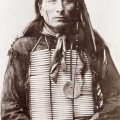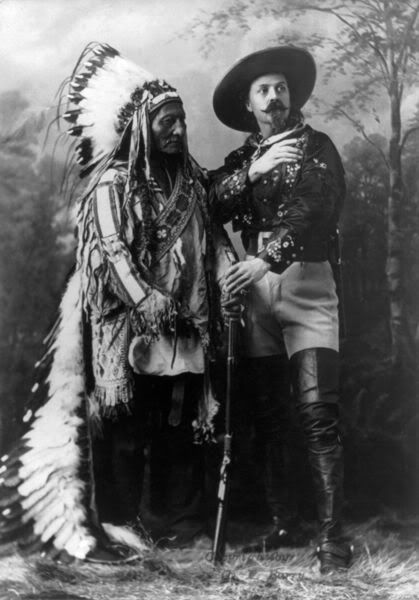An important part of daily life among many traditional American Indian people was-and for many still is-the maintenance of harmony. Harmony is about living with other human beings and non-human beings, about living with the environment, and about living within the physical limitations of your own body.
Living in harmony with other human beings is difficult, and sometimes feels as though it is impossible. Traditional Indian people prior to the European invasion knew that for the individual to survive there must be a group. While individual freedom was highly esteemed, there was a recognition that decisions had to be made based on the common welfare. Although many decisions dealt with immediate needs, future survival had to be considered. With most decisions the community considered: How will this impact the seventh generation?

The role of the leaders-sometimes called “chiefs” by non-Indians-was not to impose their will upon the people, but to listen respectfully to all and to summarize the comments. Being a leader required humility, an ability to listen, and good oratory skills. Good oratory was expected to bring the people together, not to separate, segregate, or alienate them. Leaders chose their words carefully, fully understanding that words are living things and will continue to have impact long after they are first spoken.
It was also said in many tribes that a leader must have skin at least two thumbs deep. In other words, leaders must be focused on the common welfare of the people and not on themselves. They must not take the words spoken by others personally. Again, there is a focus on humility, not personal aggrandizement, fame, wealth, or ego.
Living in harmony with the environment was easier for animists: everything was seen as having a soul, as being a living person, and thus the same courtesies afforded to humans applied to the environment. When thinking about the environment-about the plant people, the animal people, the water people, and so on-the human people had to consider the common welfare. This was the common welfare of the human people and the other people.
In dealing with the environment, traditional Indian leaders had to be able to listen. They studied the plant people, the animal people, the stone people, and all of the other things around them. As with their dealings with humans, the leaders did not impose their wills upon these other people. Their decisions were based on observation and knowledge-today, we would call this science. People in a position of leadership required humility, an awareness that they did not fully understand everything, and a realization that they must continue to learn from the other people in the world.
A final note on humility: the idea of erecting a statue of a leader, or carving the likeness of their face into the side of a mountain, or even naming the mountain after them would have been unthinkable. All of these actions honor the ego of the leader, and true leaders acted in the spirit of humility. It was not their name that was important, but the impact of their actions on the seventh generation.




Leave a Reply